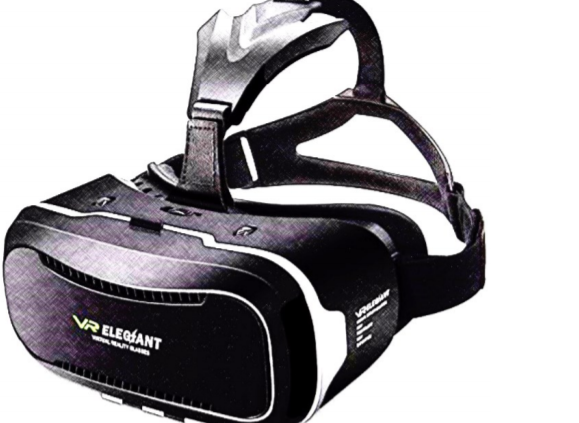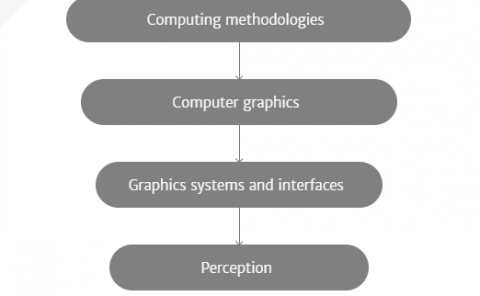Dataset of an EEG-based BCI experiment in Virtual Reality and on a Personal Computer
PubDate: Mar 2019
Teams: University Grenoble-Alpes
Writers: Grégoire Cattan (GIPSA-Services), A. Andreev, P. Rodrigues, M. Congedo
PDF: Dataset of an EEG-based BCI experiment in Virtual Reality and on a Personal Computer

Abstract
We describe the experimental procedures for a dataset that we have made publicly available at this https URL in mat (Mathworks, Natick, USA) and csv formats. This dataset contains electroencephalographic recordings on 21 subjects doing a visual P300 experiment on PC (personal computer) and VR (virtual reality). The visual P300 is an event-related potential elicited by a visual stimulation, peaking 240-600 ms after stimulus onset. The experiment was designed in order to compare the use of a P300-based brain-computer interface on a PC and with a virtual reality headset, concerning the physiological, subjective and performance aspects. The brain-computer interface is based on electroencephalography (EEG). EEG were recorded thanks to 16 electrodes. The virtual reality headset consisted of a passive head-mounted display, that is, a head-mounted display which does not include any electronics at the exception of a smartphone. This experiment was carried out at GIPSA-lab (University of Grenoble Alpes, CNRS, Grenoble-INP) in 2018, and promoted by the IHMTEK Company (Interaction Homme-Machine Technologie). The study was approved by the Ethical Committee of the University of Grenoble Alpes (Comit{é} d’Ethique pour la Recherche Non-Interventionnelle). Python code for manipulating the data is available at this https URL. The ID of this dataset is VR.EEG.2018-GIPSA.


